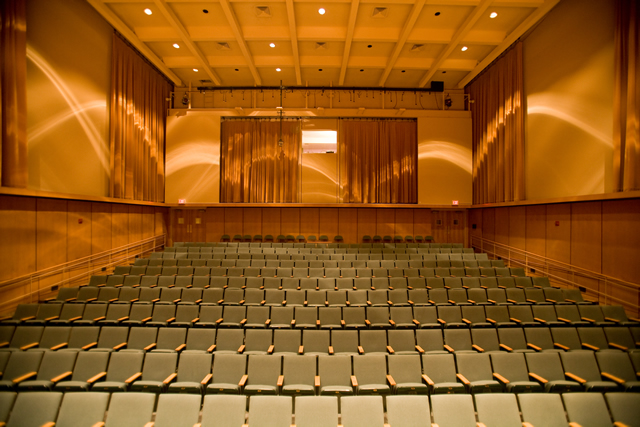
Music ETDs
Publication Date
12-14-1973
Abstract
First Symphony for Band is a three movement work for the contemporary concert band or wind ensemble. Each movement is independent, and the form of each should be considered freely developed; not written in the form of a traditional symphony. The first movement is divided into three sections by tempo and style. The first and last sections are in an allegro tempo with the first based on a motive which is found in the first measure and which is built on the ascending fourth. The bridge between the first and second section contains some new melodic material with rhythms presented earlier in the movement. The second and contrasting section is slower than the other two and is very melodic and expressive. This section is based on a recurring eight measure theme which is very sustained; while the background, which is in eighth notes, gives movement and motion to this section. The third and final division of this movement begins with a fugato section followed by an interlude in the percussion section. There follows an agitato section in which the opening motive returns, this time augmented. This movement closes with the theme which was introduced in the first section and is an extended version of the opening motive. The second movement is slow and divided into three sections. The first section opens with a soft, sustained background and a cornet solo. This very expressive theme is then continued in the flute, this time with more movement in the background. After a short six-eight interlude, the theme then is presented in the piccolo and first cornet. The second section is slightly faster with a new theme, but still one that is expressive and romantic in style. The second movement closes with a short, seven measure, chorale like section; played by the brass. The third and final movement is made up of two motives. The first motive is found in the introduction--first in the low brass and chimes and then in the first and second trumpets. The contrasting idea is a two measure motive which is passed back and forth between the woodwinds and the brass. Except for the contrasting section and a recapitulation of the introduction, the last movement is a continuous development of the opening motive. After a chorale like section played by the trombones, there is a chromatic and rhythmic development of the motive which leads to the recapitulation of the introduction. After a brief percussion interlude, there is a final presentation of the motive, bringing the third movement to a conclusion.
Degree Name
Music
Level of Degree
Masters
Department Name
Department of Music
First Committee Member (Chair)
William Frank Wood
Second Committee Member
William Earl Rhoads
Third Committee Member
William M. Seymour
Language
English
Document Type
Thesis
Recommended Citation
Wach, C. William. "First Symphony for Band." (1973). https://digitalrepository.unm.edu/mus_etds/64
